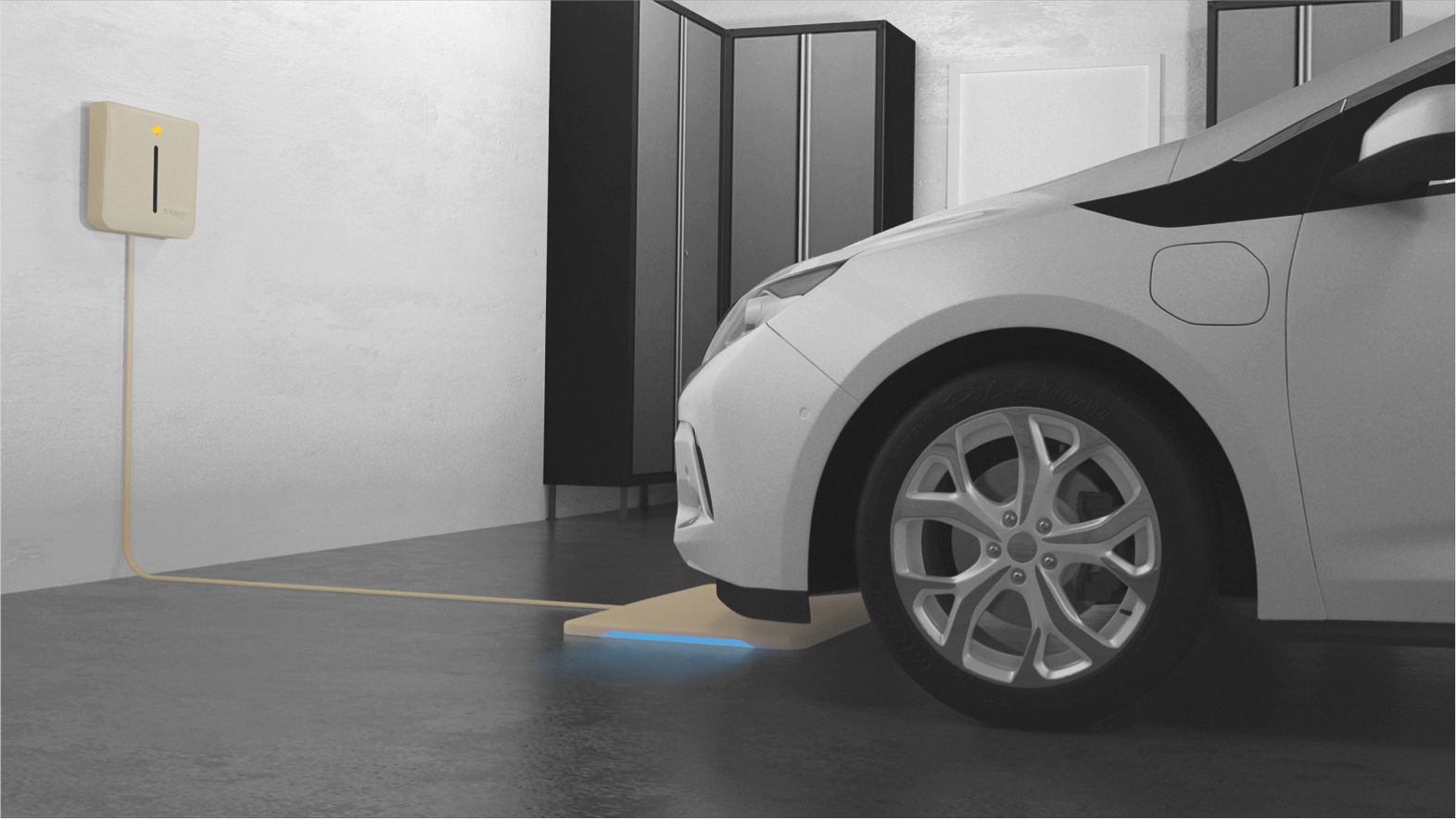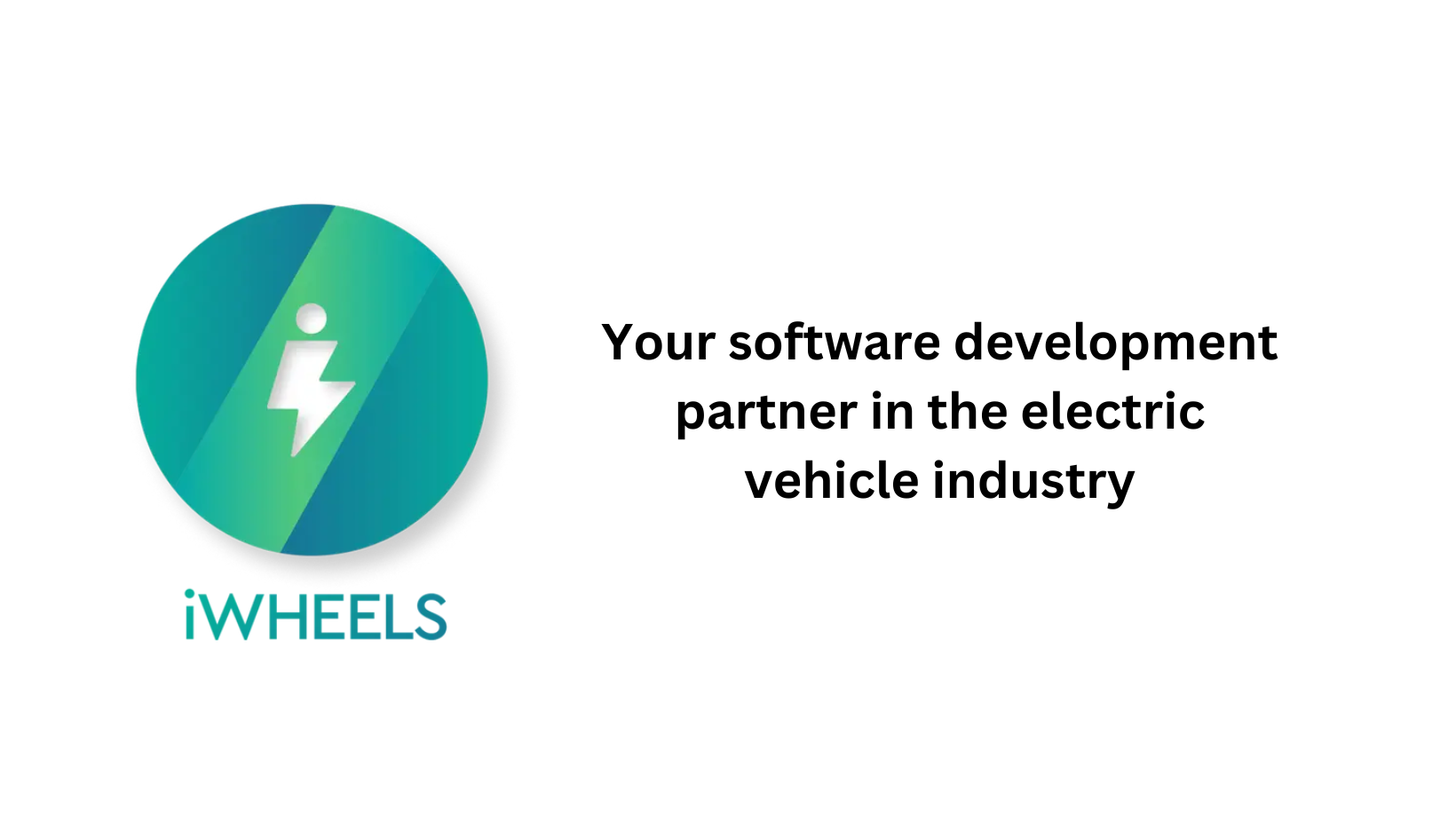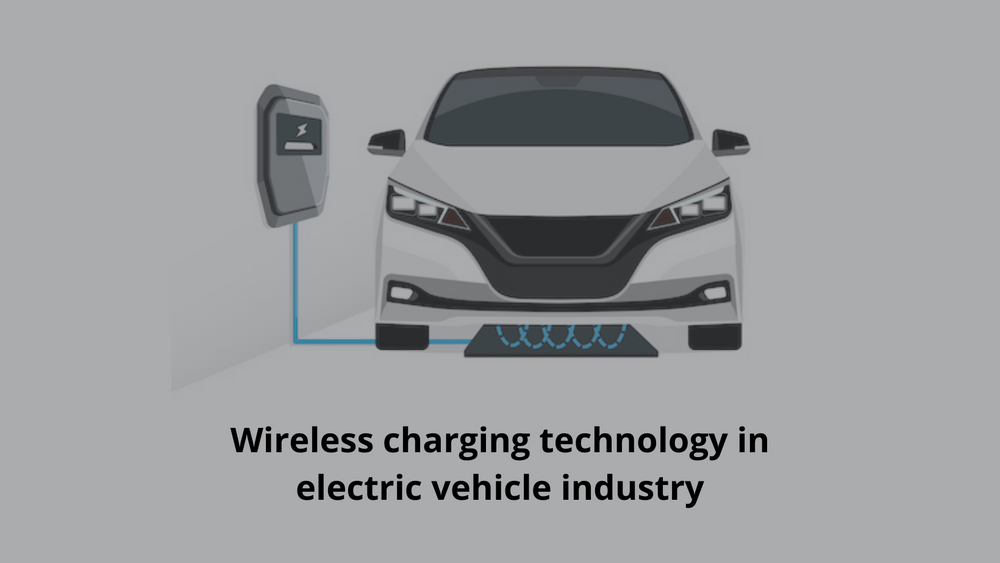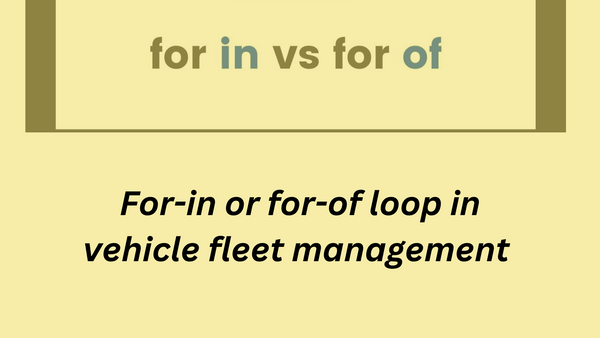Wireless charging technology in electric vehicle industry
Hello People. This article is about Wireless charging technology in electric vehicle industry. The first person to theorize about “wireless” electrical energy transfer was Nicola Tesla in 1896. The operating principle is similar to that of a transformer and is based on the laws of magnetic induction.
Here is how it works. A primary circuit, called a transmitter, generates a time-varying magnetic field. A secondary circuit receives this field, called the receiver, which is connected to the device to be powered. The most important parameters to take into account are certainly the distance between the two circuits and their alignment. Poor alignment and a relatively large distance degrade performance and make energy transfer inefficient.

The principle beyond wireless charging is magnetic induction. Magnetic induction charging uses energy exchange between two pads, one located on the ground and one underneath the vehicle. The charging pad (on the ground) is approximately 1 m2, while the receiving pad (on the car) is enclosed in a small device. In addition to the pad optionally mounted on the vehicle, the infrastructure consists of an induction charging station.
Are you looking to start your business in the electric vehicle industry? We provide software development, web application development, mobile application development, charging stations management app, electric vehicle fleet management software development, cyber security and all software services. Please check our home page here https://iwheels.co/

Ok. Let's get back to the article.
Receiving coils and transmitters are the main parts where electricity transfer takes place. A receiver (receiving coil) is placed on the bottom of the vehicle, while several coils acting as transmitters are embedded in the road surface. The coils on the road surface are supplied with electrical energy. This works as follows: The coils in the pavement produce a magnetic field by means of current. The magnetic field ensures that the coil on the vehicle receives this and can transform it back into electrical energy. This produced energy is used to charge the battery that runs the motor.
The receiving coil is very well-tuned to the transmitting frequency to maximize the power delivered through the wireless charging gap. Receiver antenna is installed on the bottom of the vehicle. Its position needs to support a mirrored interface with the transmitter antenna.
The actual position below the car is less important than ensuring proper interface with the transmitter antenna. The actual size is driven by the design power transfer rate. With the enclosures, for EVs, the antennas will range in size from 24 × 30 inches, ±6 inches in any particular dimension. The width of the antennas will range from 1.5 to 4 inches, depending on the nature of the associated power electronics.”
Wireless charging on the move is an alternative to stationary charging, based on the same principle. The idea is to install recharging coils a few centimeters below the asphalt, which, through very high-frequency magnetic fields, would be able to recharge cars while they are driving on it. For the system to work, the vehicles must be modified with compatible systems.
Hope this article on Wireless charging technology in electric vehicle industry is useful to you. To read about jobs in the Electric Vehicle Industry, please visit Job opportunities in Electric Vehicle Sector and its Charging Infrastructure industry




